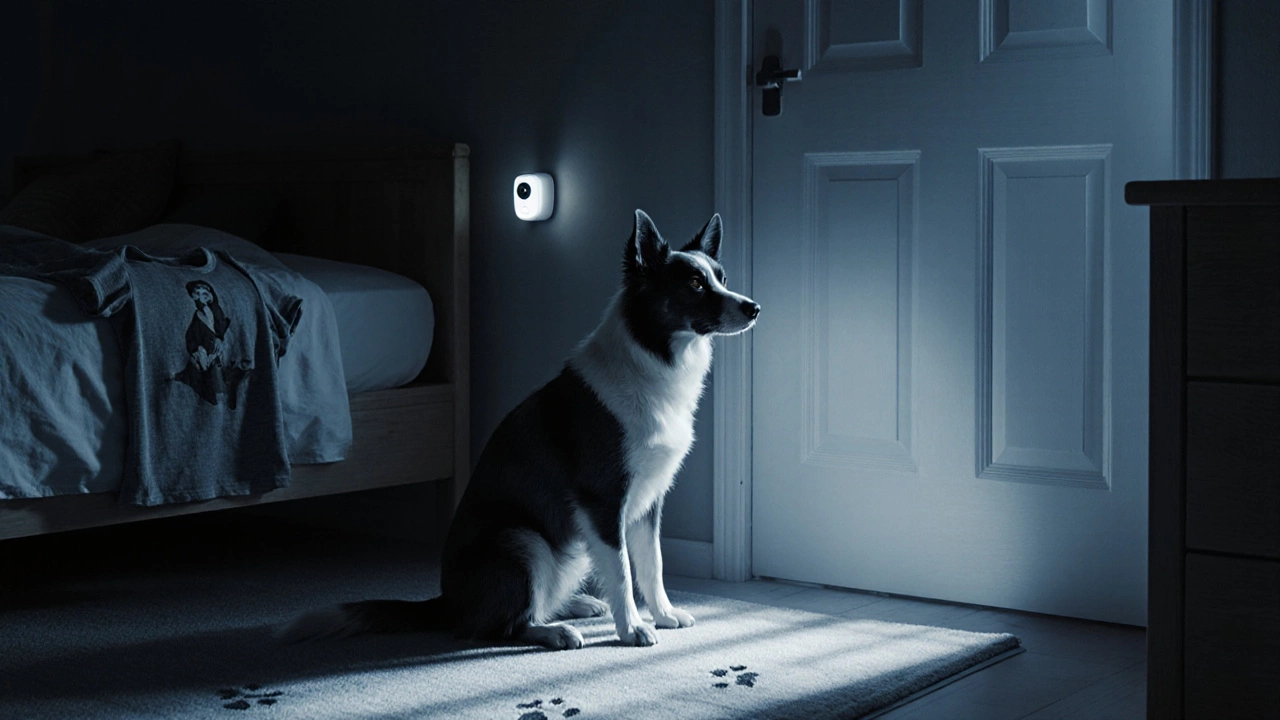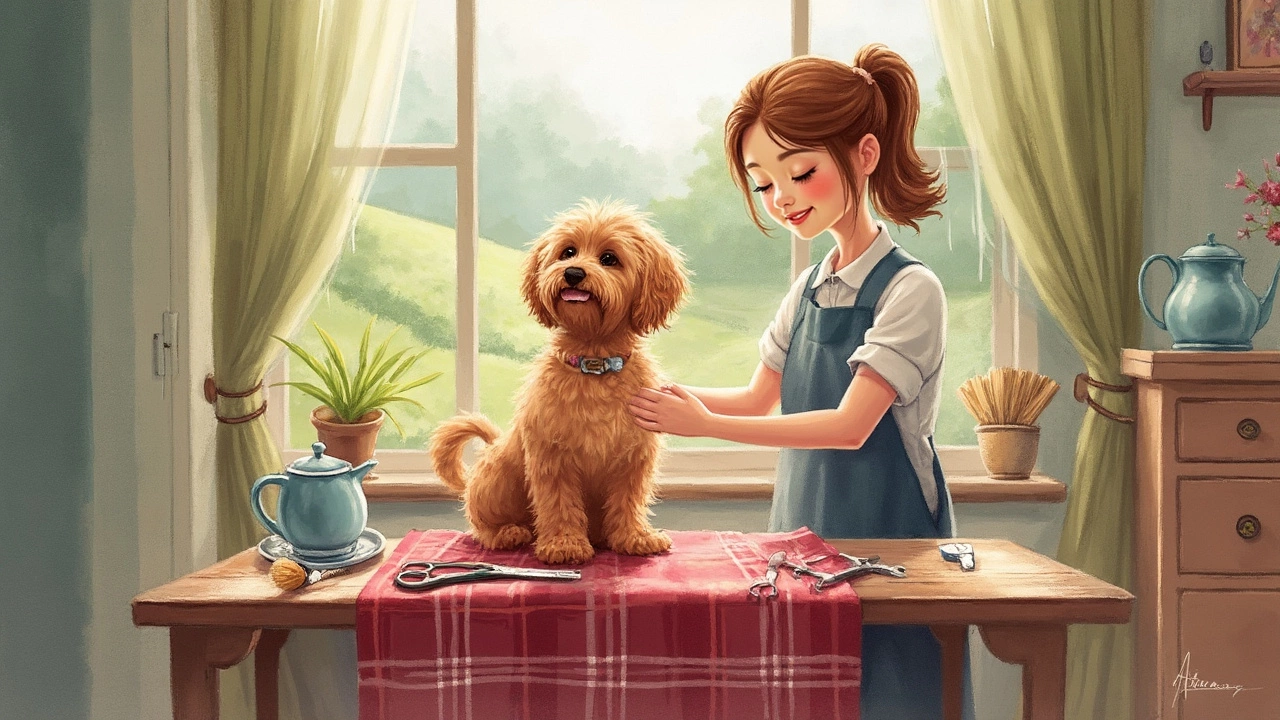Dog Care Tips: Easy Ways to Keep Your Dog Happy & Healthy
Got a furry friend you love but sometimes feel a bit lost on what they really need? You’re not alone. From figuring out the right kibble to surviving a flight, the world of dog care can feel like a maze. The good news? Most of the stuff that makes a dog thrive is simple, and it’s all right here.
Everyday Health & Nutrition
First off, food. We’ve all seen glossy ads promising miracle health, but the real magic is in the label. Look for a brand that meets AAFCO standards, lists a quality protein first, and steers clear of vague terms like "by-products." Our deep‑dive on Beneful shows why a vet’s opinion matters – it breaks down ingredients and tells you if the food fits your dog’s life stage.
Portion control is another secret. Overfeeding leads to weight gain, joint strain, and a shorter life. Use a measuring cup, follow the feeding chart on the bag, and adjust for activity level. If your dog is a senior or a high‑energy breed, you’ll need to tweak the amount.
Supplements can help, but they’re not a cure‑all. Olive oil and fish oil both supply omega‑3s, yet they work a bit differently. Olive oil is great for skin, while fish oil targets joint health. Start with a low dose and watch for any tummy upset.
Travel, Training, and Grooming
Planning a trip? Flying with dogs used to be scary, but a solid prep plan can change that. Our 2025 guide to air travel explains the stress signs to watch for, the difference between cabin and cargo, and how to calm your pup with a proper carrier and, if needed, a vet‑approved calming aid.
Grooming isn’t just about looking good. Regular brushing removes loose hair, prevents matting, and gives you a chance to spot skin issues early. If you run a solo grooming business, handling 4‑8 dogs a day is realistic; it gives you time to give each pet attention without burning out.
Training starts early, but it’s never too late. The best age to begin is when your puppy is 8‑12 weeks, when they’re most receptive. Consistency beats length – a five‑minute daily session beats a marathon once a week. For pulling on walks, a no‑pull harness works wonders when paired with short, rewarding training bursts.
Lastly, sleep matters. Whether your dog sleeps in a crate, a dog bed, or your own bed, consistency helps them feel secure. Research shows co‑sleeping isn’t a direct cause of separation anxiety, but clear rules prevent confusion.
All these tips pull from real‑world posts – from pumpkin side effects to the truth about calming collars – so you get reliable, practical advice without the fluff. Bookmark this page, explore the articles that catch your eye, and give your dog the care they deserve. Happy dog, happy life!
Is It Cruel to Leave a Dog Alone Overnight?
Leaving a dog alone overnight isn’t always cruel, but it can cause anxiety, accidents, and stress. Learn the signs your dog is struggling and what you can do instead-without guilt.
Dog Haircuts: Should You Cut Your Dog's Hair Wet or Dry?
Ever wondered if it's better to cut your dog's hair when it's wet or dry? This article tackles the pros and cons of each method, offering real-world grooming tips to help you decide. You'll find out what professional groomers do, how different coat types react, and what mistakes to avoid. Plus, get time-saving tricks if you're grooming at home. Whether your dog's sporting a curly coat or sleek fur, there are smarter, safer ways to handle trims.
The $50,000 Dog: Why Some Breeds Come with a Hefty Price Tag
Some dog breeds come with a staggering price tag of $50,000 due to their rarity, pedigree, and unique features. This article explores what makes these dogs so expensive, offering insights into their grooming needs, unique traits, and the financial commitment involved. Find out how to care for these pricy pups and what to expect when you bring one into your home. This guide is packed with tips for both seasoned dog owners and those thinking of investing in a high-end breed.


